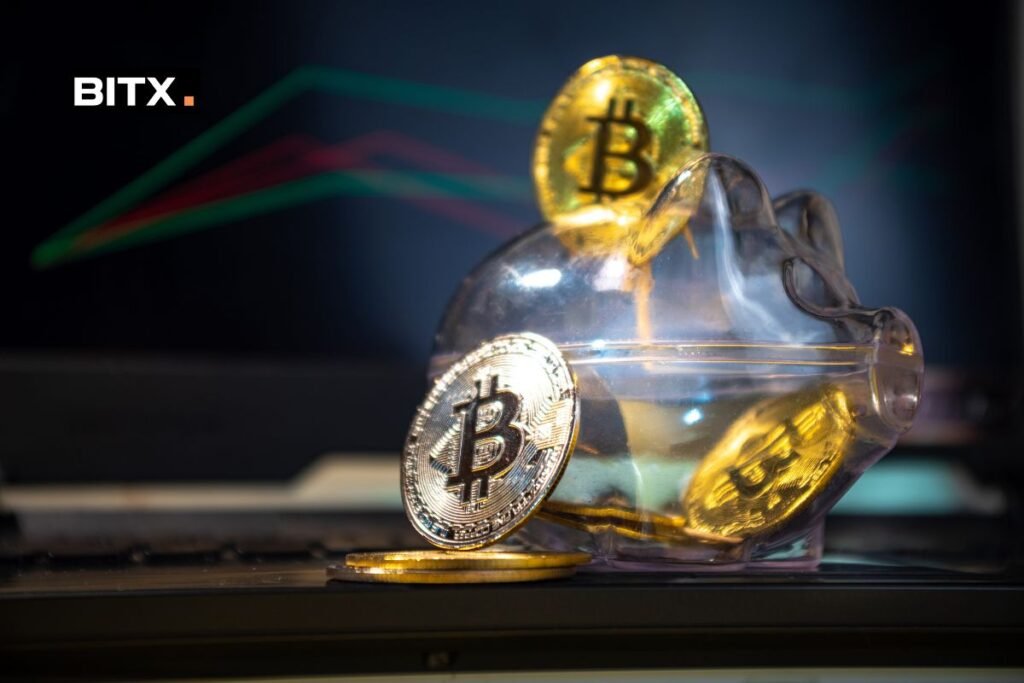Introduction
Bitcoin, the first and foremost cryptocurrency, has revolutionized the financial world since its inception in 2009. With its decentralized nature, Bitcoin offers a break from traditional banking systems and presents a new financial frontier. However, as Bitcoin’s popularity and market capitalization continue to grow, so does the need for regulation to ensure its stability, security, and integrity. This article aims to provide a comprehensive overview of the global landscape of Bitcoin regulation.
The Evolution of Bitcoin Regulation
1. Early Days: The Wild West Era (2009-2013)
In the early years, Bitcoin was largely unregulated, leading to a climate that some have described as the "Wild West" of finance. This period saw both innovation and illegality thrive, with Bitcoin mostly used for online transactions and, unfortunately, for illicit activities.
2. Emergence of Regulatory Bodies (2013-2016)
Driven by the increasing use of Bitcoin and growing concerns about its potential for money laundering and tax evasion, regulatory bodies began to take notice. Countries like the United States, China, and Europe started to introduce measures to oversee Bitcoin activities within their jurisdictions.
3. Growth and Maturity: The Regulated Era (2016-present)
As Bitcoin’s popularity and value soared, the need for more comprehensive and international regulation became apparent. Today, various countries have specific laws and regulations governing Bitcoin, with some, like Japan and El Salvador, even recognizing Bitcoin as legal tender.
Regulation by Region
1. North America
In North America, the United States takes a complex approach to Bitcoin regulation, with Bitcoin exchanges and initial coin offerings (ICOs) falling under the purview of several regulatory bodies, including the Securities and Exchange Commission (SEC) and the Commodity Futures Trading Commission (CFTC). In contrast, Canada has taken a more lenient stance, with Bitcoin regarded as a type of property for tax purposes.
2. Europe
European countries are generally supportive of Bitcoin and other cryptocurrencies. The European Union introduced the Fifth Anti-Money Laundering Directive (AMLD5) in 2018, which imposes stricter KYC (Know Your Customer) and AML (Anti-Money Laundering) requirements on Bitcoin exchanges and other service providers.
3. Asia
Asia, home to many Bitcoin mining operations, is perhaps the most diverse region when it comes to Bitcoin regulation. While China has banned Bitcoin mining and trading, Japan, South Korea, and Singapore offer more favorable regulatory environments for Bitcoin businesses.
4. Rest of the World
Countries like El Salvador, have embraced Bitcoin, making it legal tender alongside the U.S. dollar. Meanwhile, others, such as Russia and India, have evoked mixed reactions, with ongoing debates about the need for regulation.
The Future of Bitcoin Regulation
Regulation will continue to evolve as Bitcoin and other cryptocurrencies grow in prominence. The ongoing development of global collaboration on Bitcoin regulation, such as the Financial Action Task Force (FATF) standards, is a positive step in ensuring consistency and stability in the global Bitcoin landscape.
As more countries create and implement regulations tailored to Bitcoin, we can anticipate a more transparent and secure digital financial ecosystem. This, in turn, will encourage trust among users and attract even more institutions to participate in the Bitcoin market.
In conclusion, navigating the global landscape of Bitcoin regulation requires an understanding of the ever-evolving regulatory landscape and a careful consideration of local and international laws and policies. As stakeholders continue to engage in intelligent, informed discussions on the subject, we can look forward to a more secure and prosperous digital financial future.
